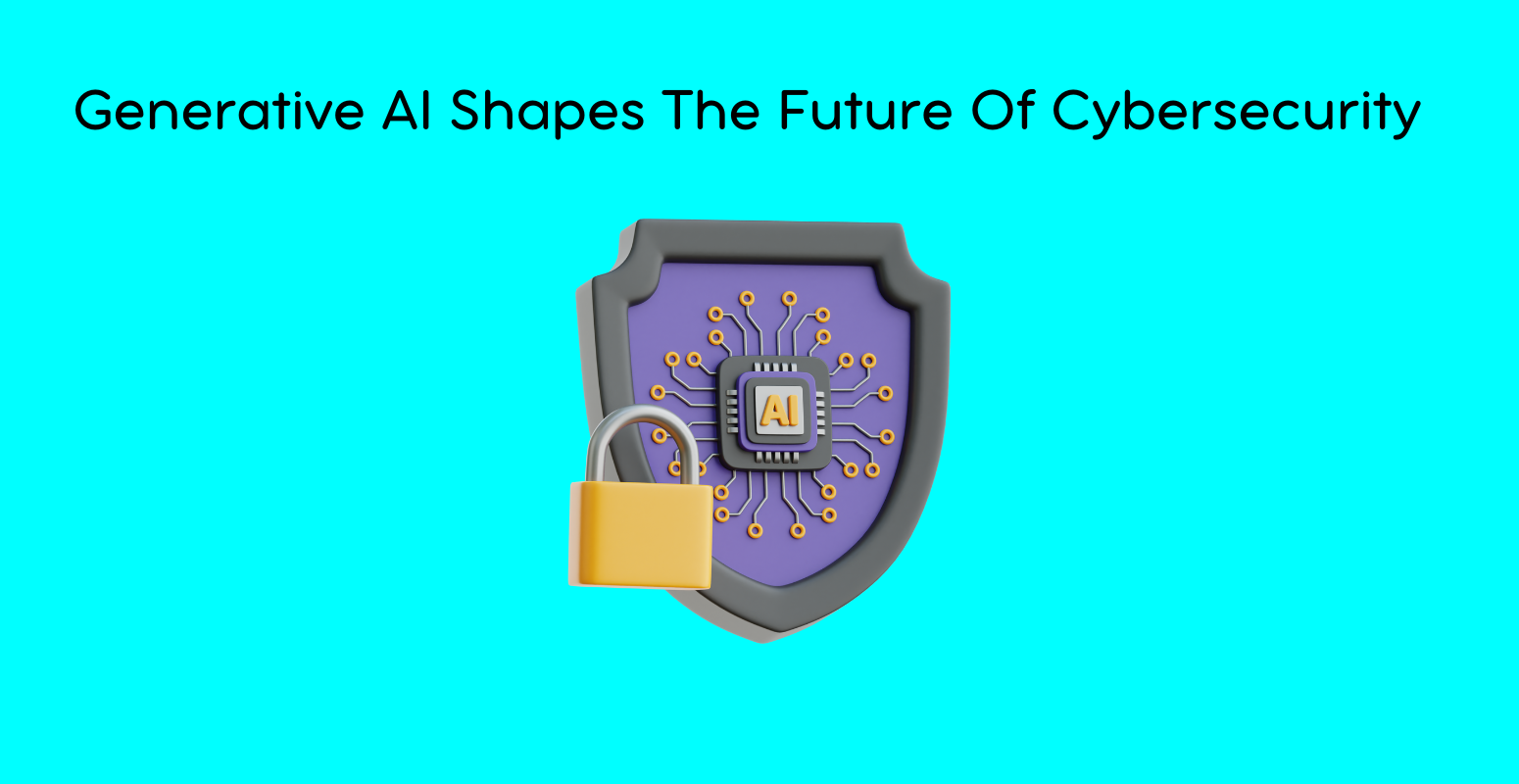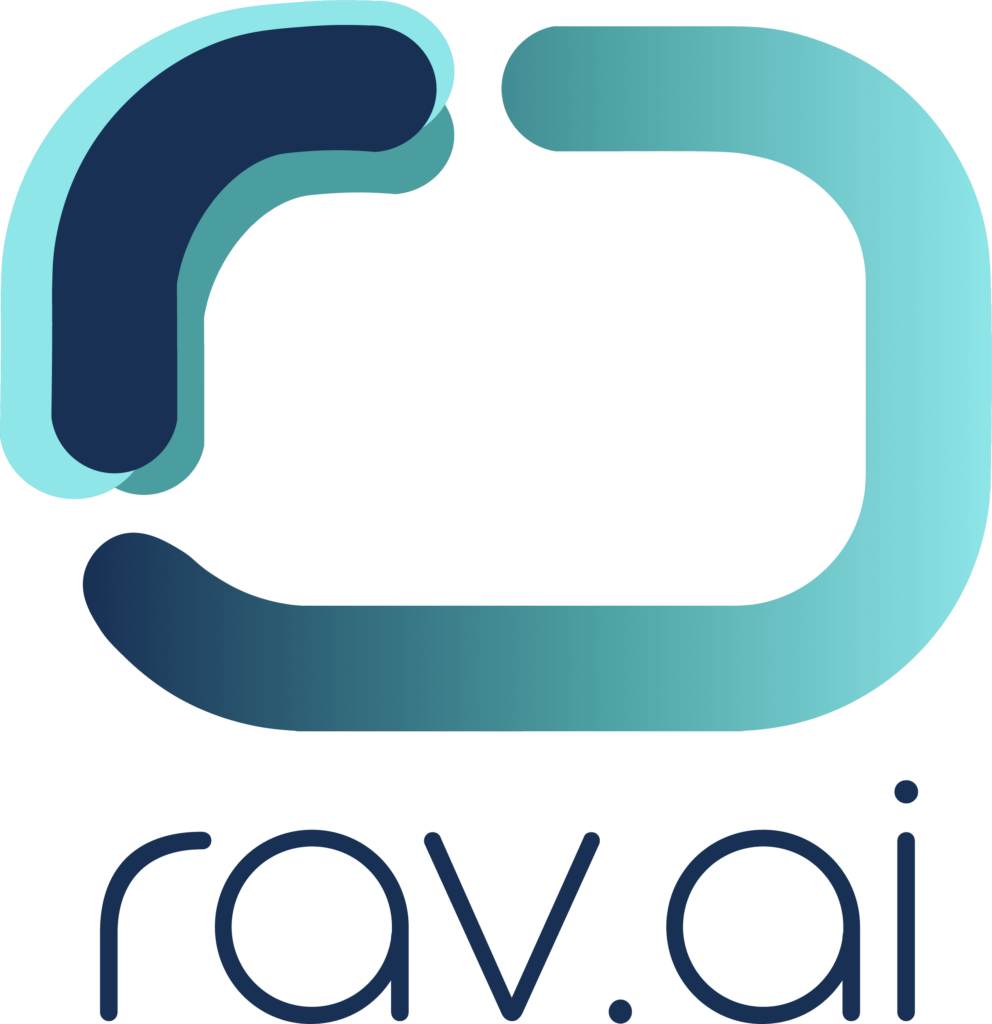Generative AI and cyber security are among the most popular and developing technologies, and their connection is highly correlated. Like all advanced technologies AI brings with it innumerable opportunities but also more numerous and complex cyber threats As the field of artificial intelligence evolves, so do cyber threats. AI can both mitigate or exacerbate security.
The advancement of AI in cyber defense is continuing to defy the norms of the cyber security industry. The specific category of AI as generative models that can build new data and analyze various instances of hypothetical situations can transform the methods of identifying and combating cyber threats.
However, this same capability also has a disadvantage, i.e., with a view of hacking, it offers instruments to cyber criminals to boost the actions that they carry out. It is necessary to comprehend the various approaches to using AI for security and apprehend the dangers that using AI can bring to use in the contemporary environment of computerized networks and global connectedness.
Correlation Generative AI and Cyber Security
AI is relatively recently integrated with cyber security and transformed the manner of protection from cyber risks. Cyber security today is a combination of Generative AI as a subfield in the broader Artificial Intelligence that involves the new production of data. In this sense, it can be utilized to expand enhanced security mechanisms. Conversely, it is a perfect tool for improving cybercriminals’ attack effectiveness.
Generative AI, is a type of AI that creates new ideas and is changing the scope of cyber security by providing sophisticated threat recognition. It promptly counters security threats but has shortcomings. It is crucial to comprehend and apply such opportunities as AI to improve digital protection. Introducing generative AI, together with cyber security measures, will not only increase security but will also familiarize us with what the future of threats and safeguarding might look like.
AI and Cyber Security
You must have heard that the pen is mightier than a sword, but often, using this particular weapon has two sides to the story. AI security threats are some of the most prevalent since cybergangs have increasingly used artificial intelligence to improve their strategies. AI-driven attacks can be methodical and intelligent, thus making traditional security strategies unsuitable for containing them. For example, AI can produce quite realistic spam emails or counteracting CAPTCHA, which endangers network protection.
However, cybersecurity for AI also has its stakes on the positive part of the ledger. AI can analyze large volumes of data in a very short time and can detect trends and threats much more quickly than has been the case with analyst-reliant methods. It can effectively reduce or stop attacks at their root, improving security measures.
Microsoft And GenAI Security
Top tech companies such as Microsoft are already implementing the integration of AI in cyber security. Microsoft protection tools utilize generative AI to secure the computer and eradicate any risks within the shortest duration possible. These tools help in intriguing surveillance of the network and remarkable identification of the patterns and incidents with the help of AI, leading to enhanced security from evolving threats.
GenAI security relates to the use of generative AI in the protection of online resources. This involves the development of stronger means of identifying a person or an entity, the ability to anticipate and prevent such incidents through predictive models, and the improvement in encryption methods. It means that artificial intelligence security risks should be managed effectively to prevent cyber criminals from hacking valuable data.
AI Cyber Security and Network Security
AI cybersecurity isn’t only an approach that prevents attacks and strengthens network security. AI and network security are highly interconnected. With the help of AI, it can constantly examine the traffic in a network, identify possible weaknesses, and apply prescriptive measures in the case of possible attacks. This continuous surveillance and rapid response are prominent in the modern cyber world.
AI Data And Security of the information
AI data security emphasizes the protection of large datasets that are handled by AI systems. This is because vandalism may occur if proper data handling is not ensured at the collection centers. This is detrimental to the health of the affected individuals and the facilities in which the infected individuals frequent. Given such interconnectivity, AI systems must be designed with adequate defense mechanisms so that persons with ill intentions do not gain access to the data and, if they do, cannot alter it in an undesirable manner to users.
The mastering branches crucial for improving digital protection include machine learning approaches to cyber security and blockchain technology. Machine learning can analyze patterns and potential threats, and blockchain is useful for safe and clear transactions.
Conclusion
Cyber security is inseparable from generative AI as the latter presents solutions that are unparalleled in strength while introducing hitherto unknown threats. Combining Generative AI and cyber security can help organizations combat new cyber threats. Thus, in terms of the future, the cooperation of artificial intelligence and cyber security will protect the future of the digital world.
FAQs
- How does generative AI complement the existing cybersecurity measures?
Generative AI can enhance the organization’s ability to identify and prevent cyber threats by analyzing behavior and predicting cyber threats.
- What are the dangers inherent to using generative AI in the cyber security field?
Hackers can misuse generative AI to generate more severe and less detectable threats.
- How are prominent organizations such as Microsoft applying generative AI for security?
Microsoft applies security aids that use generative AI to detect the activities on the network, and if any threat is detected, they attend to it immediately.
- How does generative AI influence the trends in cyber threats and protection mechanisms?
AI as the generator means that the modern arms race will likely become more complex in terms of attacks and their protection.
- What are the ethical concerns when applying generative artificial intelligence in cybersecurity?
These are averting algorithm risk, openness, and protecting the user’s privacy.








